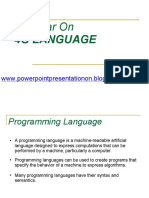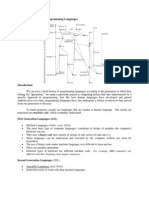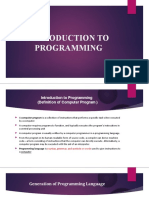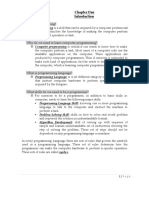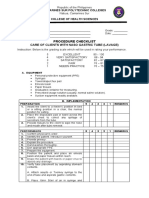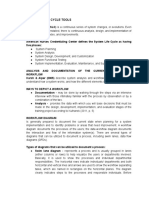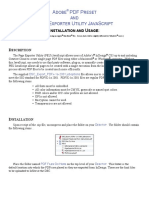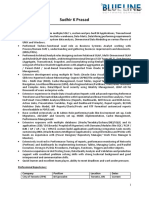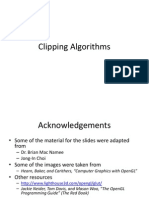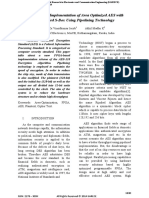0% found this document useful (0 votes)
70 views33 pagesICT 9 01 Evolution of Programming Languages
This document summarizes the evolution of programming languages across five generations that parallel the development of computer hardware technology. The first generation used machine languages consisting of binary numbers. The second generation used assembly languages with mnemonic codes. The third generation introduced high-level languages that were easier for humans to read and write. The fourth generation focused on languages close to English. The fifth generation involves artificial intelligence and neural network languages. Each new generation brought programming closer to natural languages to improve usability and understandability.
Uploaded by
Angela Joy AmparadoCopyright
© © All Rights Reserved
We take content rights seriously. If you suspect this is your content, claim it here.
Available Formats
Download as PDF, TXT or read online on Scribd
0% found this document useful (0 votes)
70 views33 pagesICT 9 01 Evolution of Programming Languages
This document summarizes the evolution of programming languages across five generations that parallel the development of computer hardware technology. The first generation used machine languages consisting of binary numbers. The second generation used assembly languages with mnemonic codes. The third generation introduced high-level languages that were easier for humans to read and write. The fourth generation focused on languages close to English. The fifth generation involves artificial intelligence and neural network languages. Each new generation brought programming closer to natural languages to improve usability and understandability.
Uploaded by
Angela Joy AmparadoCopyright
© © All Rights Reserved
We take content rights seriously. If you suspect this is your content, claim it here.
Available Formats
Download as PDF, TXT or read online on Scribd
/ 33







